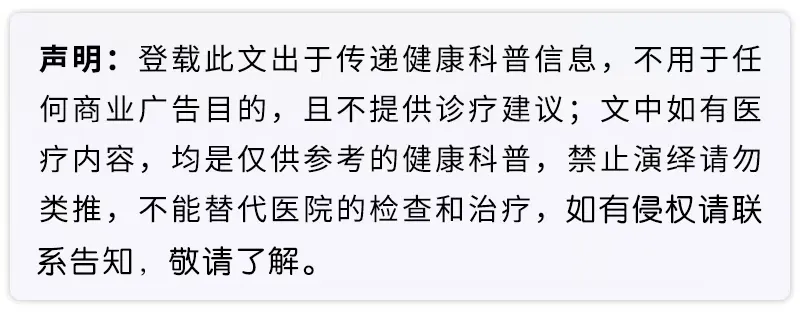Traditional Chinese medicine (TCM) has a variety of forms, with over 40 types recorded in the Ming Dynasty’s Compendium of Materia Medica. Since the founding of the People’s Republic of China, many new forms have been developed, such as tablets, granules, and injections. Here, we will explore the diverse forms of TCM:
1. Decoctions (汤剂) Also known as soup liquid, decoctions are made by soaking herbal pieces in water or alcohol, then boiling for a certain period to extract the essence. They are primarily for internal use, while external applications include baths, fumigations, and gargles. The characteristics include rapid absorption and quick efficacy, allowing for adjustments based on the patient’s condition, making them suitable for severe or unstable conditions. However, they are not suitable for mass production and are inconvenient to carry.
2. Powders (散剂) Powders are made by grinding herbs into a fine powder and mixing them evenly, classified into internal and external use. They are easy to prepare, absorb quickly, save on raw materials, and are convenient for consumption and transport.
3. Pills (丸剂) Pills are made by grinding herbs into fine powder or extracting herbal essences, then combining them with suitable binders to form spherical solid forms. Compared to decoctions, pills are absorbed more slowly but have a longer-lasting effect, saving on raw materials and being convenient for consumption and transport. Common types include honey pills, water pills, paste pills, and concentrated pills, with others like wax pills, water honey pills, micro pills, and drop pills also available.
4. Pastes (膏剂) Pastes are made by boiling herbs in water or plant oil and straining out the residue, available for both internal and external use. Internal pastes include flowing pastes, soaking pastes, and decoction pastes; external pastes are divided into soft and hard types. Decoction pastes, also known as medicinal pastes, are characterized by their small volume, high content, ease of use, sweet taste, and nourishing properties, generally used for chronic weakness. Soft pastes, also known as medicinal ointments, are suitable for surgical wounds, boils, and burns. Hard pastes, also known as plasters, can treat local and systemic diseases.
5. Teas (茶剂) Teas are made from ground herbs processed into coarse products or formed into blocks with suitable binders. They are brewed with boiling water and consumed at irregular intervals, such as midday tea or weight-loss tea.
6. Granules (冲剂) Granules are made from herbal extracts combined with appropriate excipients or powdered herbs to form dry granules or blocks, taken by dissolving in hot water. Granules are known for their rapid action, pleasant taste, small volume, and convenience, making them popular among patients, with common types including cold and fever granules and Ban Lan Gen (Isatis root) granules.
7. Syrups (糖浆剂) Syrups are made by boiling herbs, straining the juice, and concentrating it with added sugar to create a sweet solution. Syrups are characterized by their sweet taste, small dosage, quick absorption, and are suitable for children, such as cough syrups.
8. Oral Liquids (口服液) Oral liquids are made by extracting herbs with water or other solvents and refining them into liquid preparations for internal use. This preparation combines the characteristics of decoctions, syrups, and injections, offering advantages such as smaller doses, rapid absorption, convenience, and palatable taste.
Each of these forms has its unique characteristics. Additionally, there are other forms such as pills, capsules, injections, tinctures, emulsions, tablets, strips, lines, suppositories, moxibustion preparations, poultices, enema preparations, and liniments, all widely used in clinical practice, with ongoing development of new forms to enhance efficacy and facilitate clinical use.
References: Formulary Studies, Shanghai Scientific and Technical Publishers, 2018, 3rd Edition
Submitted by: Rehabilitation Department, Gao Hongwei
Initial Review: Zhang Yanguang
Final Review: Li Yuelan



